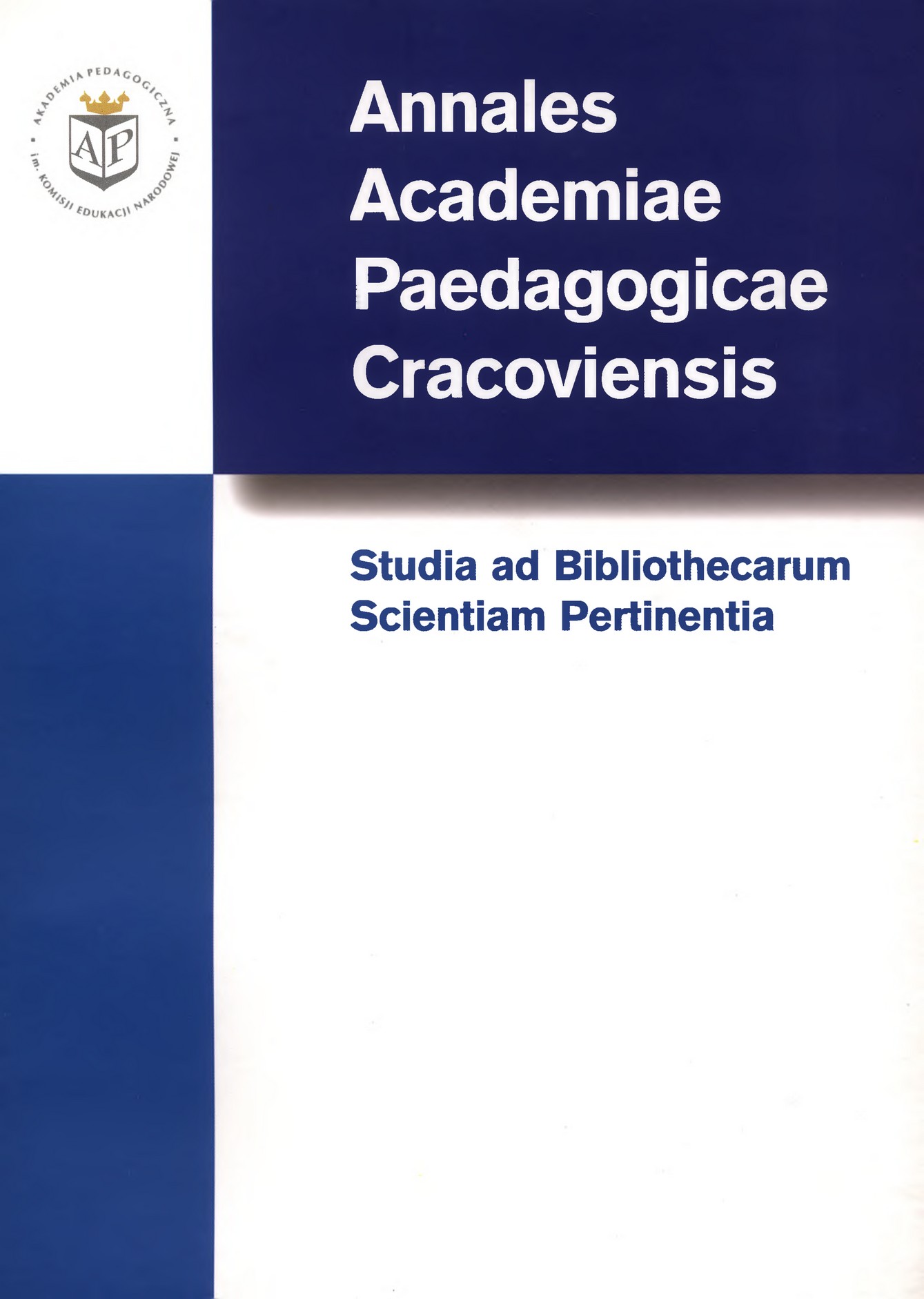Sukcesy i porażki „dzikiej opowieści” Horacego Walpole’a Zamczysko w Otranto
Keywords:
Walpole Horace (1717-1797), twórczośćAbstract
[Ups and downs of “a wild story”: The Castle of Otranto by Horace Walpole]The Castle of Otranto by Horace Walpole, published for the first time in 1764 and called by his author “a wild story”, gave rise to gothic story, which became one of the most important horror “forefathers”. Walpole’s intention was to rejuvenate an old literary genre, the romance.
A combination of the unrestricted imagination of the earlier works and the mimetic nature of the contemporary texts was supposed to create an opportunity for its revival. The tale could serve as an entertainment on its own. The reader was invited to play a game of terror. The result, being a kind of artistic and worldview statement of the young generation, turned out to be a great commercial success, although, as too avant-garde, it couldn’t initially boast of many imitators. The new paths of development of gothic literature were laid by A. Radcliffe, M.G. Lewis i Ch. Brockden Brown. From the varieties initiated by them and by Walpole the contemporary horror and thriller derive, represented by numerous movies, belles-lettres, comic books , RPGs, etc.
Downloads
Published
2010-12-20
How to Cite
Gemra, A. (2010). Sukcesy i porażki „dzikiej opowieści” Horacego Walpole’a Zamczysko w Otranto. AUPC Studia Ad Bibliothecarum Scientiam Pertinentia, 8, 130–141. Retrieved from https://sbsp.uken.krakow.pl/article/view/788
Issue
Section
Artykuły / Articles

